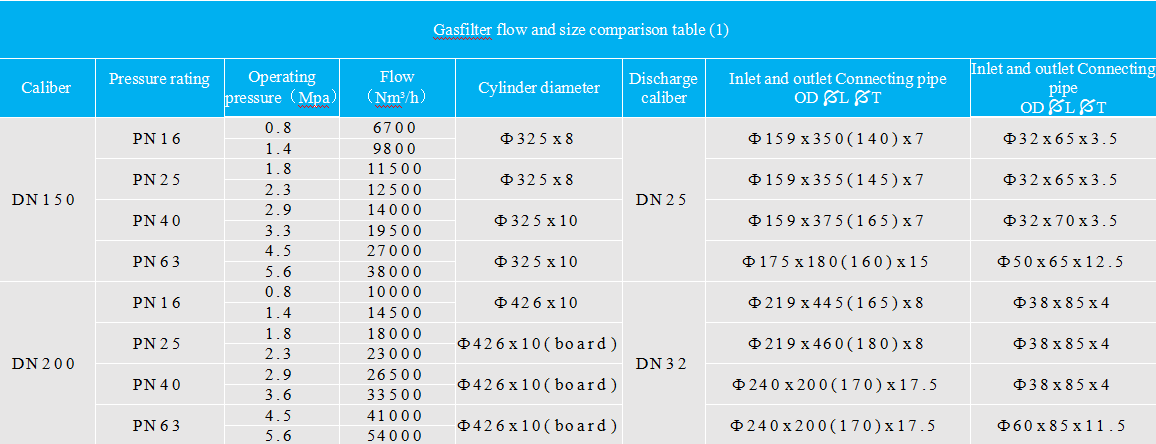
Nov . 09, 2024 02:04
Back to list
Pneumatic Control Valve Applications and Benefits for Industrial Automation Systems
The Role of Pneumatic Control Valves in Modern Automation Systems
Pneumatic control valves play a pivotal role in the automation industry, serving as critical components in the control and regulation of fluid flow in pneumatic systems. These valves are designed to manage compressed air, enabling efficient operation and control of various industrial processes. In an era where automation and efficiency are paramount, understanding the intricacies of pneumatic control valves becomes essential for engineers, technicians, and industry professionals alike.
What are Pneumatic Control Valves?
Pneumatic control valves are devices that regulate the flow and pressure of compressed air within a system. They can be found in numerous applications across different sectors, including manufacturing, packaging, automotive, and many more. These valves operate based on various principles, including mechanical, electrical, or electronic signals, allowing for precise control of air flow and pressure.
The primary function of a pneumatic control valve is to start, stop, or modulate the flow of air to actuators, such as cylinders and motors, which in turn control mechanical movements. The efficiency and responsiveness of these valves significantly impact the overall performance of an automation system.
Types of Pneumatic Control Valves
There are several types of pneumatic control valves, each tailored for specific applications. The most common varieties include
1. On/Off Valves These valves simply open or close the flow pathway, allowing air to pass through or stopping it entirely. They are key in applications requiring quick and direct control.
2. Regulating Valves Unlike on/off valves, regulating valves can adjust the flow rate based on demand, ensuring that the system operates at optimal pressure levels.
3. Proportional Valves These advanced valves provide precise control over airflow and pressure, allowing for fine-tuned adjustments that enhance the performance of pneumatic systems. Proportional valves are often utilized in applications where precise positioning and control are essential.
4. Pilot-Operated Valves These valves use a smaller control fluid to regulate larger flow rates, enabling efficient operation with lower energy consumption.
5. Solenoid Valves Often used in automated systems, solenoid valves are powered by electrical impulses that open or close the valve, allowing for rapid response times and remote control capabilities.
pneumatic control valve

Applications of Pneumatic Control Valves
Pneumatic control valves are utilized in a plethora of applications across various industries. In manufacturing, they are integral to assembly lines, controlling the movement of pneumatic actuators that power conveyors and robotic arms. In the automotive industry, pneumatic control valves are used in paint spraying systems and automated assembly processes, ensuring consistent performance and efficiency.
Additionally, the food and beverage industry relies on pneumatic control valves for packaging systems, where precise control of air pressure is crucial for maintaining hygiene and product integrity. These valves also find their applications in pharmaceutical manufacturing, where stringent regulatory standards demand accurate control of processes.
Advantages of Pneumatic Control Valves
The use of pneumatic control valves offers several advantages
- Speed Pneumatic systems can achieve rapid actuation due to the quick response times of air pressure changes, making these valves suitable for high-speed applications.
- Simplicity The design and operation of pneumatic control valves are relatively straightforward, allowing for easy installation and maintenance.
- Cost-Effectiveness Pneumatic systems, including control valves, often operate with lower costs compared to hydraulic or electrical systems, making them an attractive choice for many industries.
- Safety Pneumatic systems inherently operate at lower pressures than hydraulic systems, reducing the risks associated with leaks and failures.
Conclusion
Pneumatic control valves are indispensable components in modern automation systems, significantly enhancing operational efficiency and reliability. As industries continue to evolve towards greater automation, the demand for high-performance pneumatic control valves will only increase. Understanding their types, applications, and advantages allows professionals to make informed decisions that optimize system performance and contribute to overall productivity. Whether in manufacturing, automotive, or any other sector, pneumatic control valves will remain fundamental to the future of industrial automation.
Latest news
-
Safety Valve Spring-Loaded Design Overpressure ProtectionNewsJul.25,2025
-
Precision Voltage Regulator AC5 Accuracy Grade PerformanceNewsJul.25,2025
-
Natural Gas Pressure Regulating Skid Industrial Pipeline ApplicationsNewsJul.25,2025
-
Natural Gas Filter Stainless Steel Mesh Element DesignNewsJul.25,2025
-
Gas Pressure Regulator Valve Direct-Acting Spring-Loaded DesignNewsJul.25,2025
-
Decompression Equipment Multi-Stage Heat Exchange System DesignNewsJul.25,2025

